Home>Gardening & Outdoor>Garden Tools & Equipment>How To Remove A Spark Plug From A Lawnmower
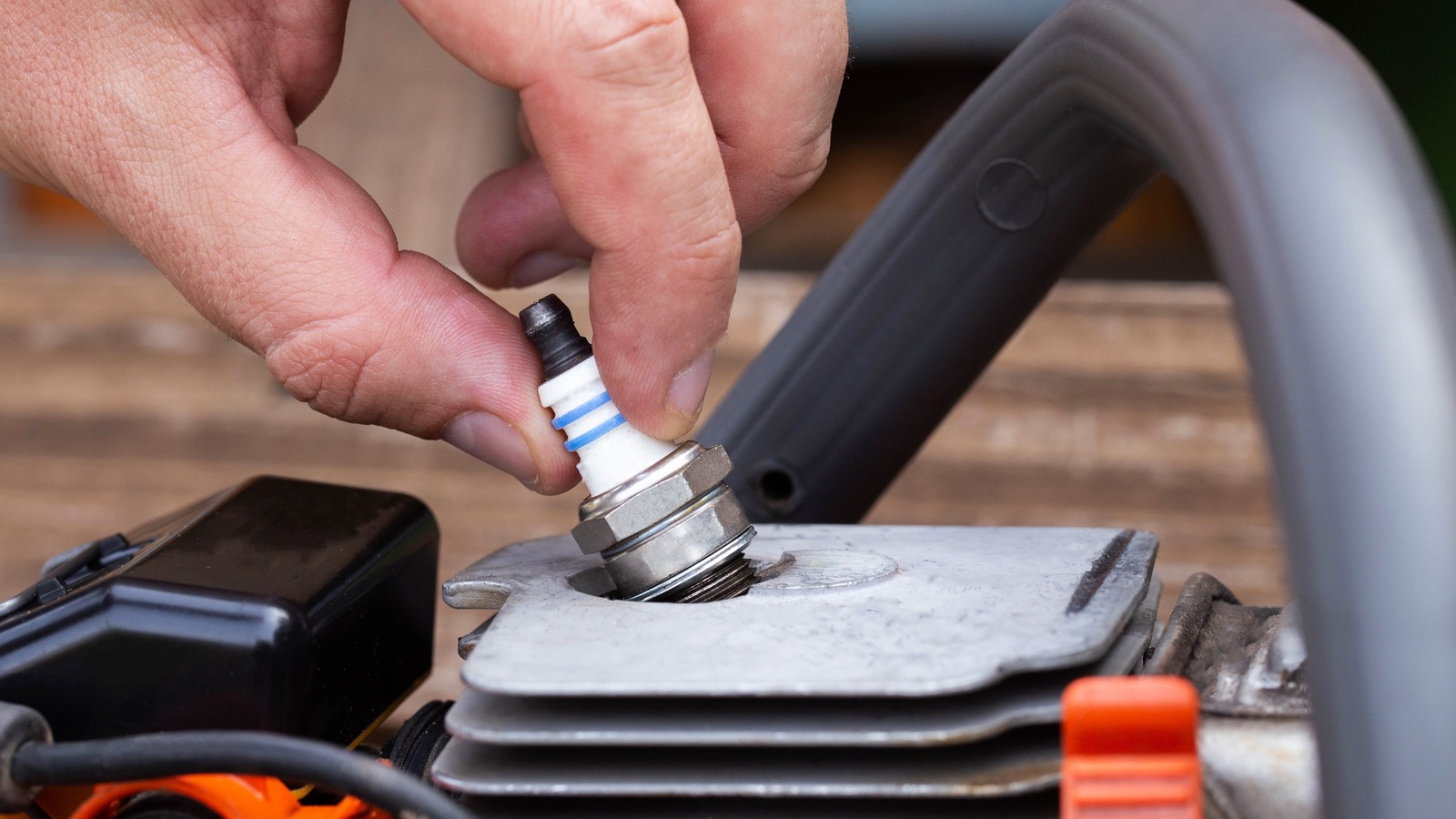

Garden Tools & Equipment
How To Remove A Spark Plug From A Lawnmower
Modified: February 27, 2024
Learn how to safely remove a spark plug from your lawnmower with our step-by-step guide. Keep your garden tools and equipment in top condition with our expert tips.
(Many of the links in this article redirect to a specific reviewed product. Your purchase of these products through affiliate links helps to generate commission for Storables.com, at no extra cost. Learn more)
Introduction
Maintaining a lush, healthy lawn involves regular upkeep of your lawnmower, and one essential aspect of this maintenance is checking and replacing the spark plug. The spark plug plays a crucial role in the ignition process, and a worn or faulty spark plug can lead to issues such as hard starting, rough idling, or decreased fuel efficiency. Fortunately, removing and replacing a spark plug is a straightforward task that can be accomplished with a few simple tools and a little know-how.
In this guide, we will walk you through the step-by-step process of removing a spark plug from your lawnmower. By following these instructions, you can ensure that your lawnmower's engine continues to run smoothly, promoting optimal performance and longevity. So, let's dive in and learn how to remove a spark plug from a lawnmower with ease and confidence.
Key Takeaways:
- Regularly checking and replacing the spark plug in your lawnmower is crucial for smooth engine performance and longevity. With the right tools and know-how, you can easily maintain your lawnmower’s spark plug.
- By following simple steps and using basic tools, you can confidently remove and replace your lawnmower’s spark plug, ensuring reliable ignition and optimal engine performance. Regular maintenance will keep your lawn looking pristine.
Read more: How To Tell If A Lawnmower Spark Plug Is Bad
Step 1: Gather the necessary tools
Before you begin the process of removing the spark plug from your lawnmower, it’s essential to gather the necessary tools and materials. Having the right equipment on hand will make the task more manageable and ensure that you can complete the job efficiently. Here’s what you’ll need:
- Socket wrench: A socket wrench with a spark plug socket attachment is crucial for loosening and removing the spark plug from the engine.
- Spark plug gap gauge: This tool is used to measure and adjust the gap between the spark plug electrodes, ensuring optimal performance.
- Wire brush: A wire brush will come in handy for cleaning any debris or carbon buildup from the spark plug threads and electrode.
- New spark plug: If you’re planning to replace the existing spark plug, make sure to have a compatible new spark plug on hand.
- Gloves: Wearing gloves will protect your hands from dirt, oil, and potential sharp edges around the engine.
- Safety goggles: It’s essential to prioritize safety, so be sure to wear safety goggles to shield your eyes from any debris or contaminants that may be dislodged during the process.
By gathering these tools and materials before you begin, you’ll be well-prepared to tackle the task of removing the spark plug from your lawnmower with confidence and precision.
Step 2: Disconnect the spark plug wire
Before you proceed with removing the spark plug, it’s crucial to ensure that the engine is completely cool to the touch. This precaution will minimize the risk of accidental burns and ensure a safe working environment. Once you’ve confirmed that the engine is cool, follow these steps to disconnect the spark plug wire:
- Locate the spark plug: Identify the spark plug, which is typically situated at the top or side of the engine, depending on the lawnmower model.
- Remove any obstructions: If there are any components obstructing access to the spark plug, such as a plastic cover or debris, carefully remove them to expose the spark plug.
- Inspect the spark plug wire: Trace the wire from the spark plug to the ignition coil. The wire is usually a thick, rubber-coated cable connected to the top of the spark plug.
- Detach the spark plug wire: Firmly grasp the rubber boot at the end of the spark plug wire and carefully pull it straight off the spark plug. It’s essential to grip the boot itself rather than tugging on the wire to avoid damaging the connection.
- Secure the spark plug wire: Once the spark plug wire is disconnected, ensure that it is positioned away from the spark plug and any metal surfaces to prevent accidental sparking during the removal process.
By following these steps to disconnect the spark plug wire, you’ll create a safe and controlled environment for removing the spark plug from your lawnmower. This precautionary measure is essential to prevent accidental ignition and ensure a smooth and hassle-free maintenance process.
Step 3: Remove the spark plug
With the spark plug wire safely disconnected, you can now proceed to remove the spark plug from the engine. Follow these steps to complete this phase of the maintenance process:
- Select the appropriate socket: Choose the correct-sized socket from your socket wrench set that matches the spark plug’s hexagonal base. The most common sizes for lawnmower spark plugs are 5/8 inch and 13/16 inch.
- Position the socket wrench: Attach the spark plug socket to the wrench and carefully place it over the spark plug, ensuring a secure fit.
- Loosen the spark plug: Using gentle and steady pressure, turn the socket wrench counterclockwise to loosen the spark plug. It’s important to avoid applying excessive force to prevent damaging the spark plug or the engine’s threads.
- Unscrew the spark plug: Once the spark plug is loosened, continue rotating the wrench by hand to unthread the spark plug from the engine. Be cautious not to tilt the wrench at an angle to prevent damaging the surrounding components.
- Remove the spark plug: Carefully lift the spark plug and socket out of the engine, ensuring that the spark plug remains upright to prevent any debris from falling into the cylinder.
By following these steps, you can safely and effectively remove the spark plug from your lawnmower’s engine. Taking care to avoid applying excessive force and maintaining a steady, controlled approach will help protect the integrity of the spark plug and the engine’s components.
Before removing the spark plug from your lawnmower, make sure the engine is cool. Use a spark plug socket and wrench to carefully loosen and remove the spark plug, being careful not to damage the threads.
Step 4: Inspect and clean the spark plug
Once the spark plug has been removed from the engine, it’s essential to inspect it for signs of wear, damage, or excessive carbon buildup. Additionally, cleaning the spark plug can help restore its performance and extend its lifespan. Follow these steps to inspect and clean the spark plug effectively:
- Examine the spark plug: Inspect the spark plug’s electrode and insulator for any indications of damage, such as cracks, erosion, or heavy deposits. Additionally, check the gap between the electrodes to ensure it falls within the manufacturer’s specified range.
- Clean the spark plug: Use a wire brush to gently remove any carbon deposits, oil, or debris from the spark plug’s threads and electrodes. Take care to avoid excessive force, which could damage the delicate components of the spark plug.
- Measure the electrode gap: Utilize a spark plug gap gauge to measure the distance between the center electrode and the ground electrode. If necessary, carefully adjust the gap to align with the manufacturer’s recommended specifications using the gap gauge tool.
- Inspect the porcelain insulator: Check the porcelain insulator surrounding the center electrode for any signs of cracks, chips, or discoloration. A damaged insulator can compromise the spark plug’s performance and should be replaced if necessary.
- Ensure cleanliness: After cleaning and inspecting the spark plug, ensure that it is free of any debris or contaminants before reinstalling it in the engine.
By carefully inspecting and cleaning the spark plug, you can identify any potential issues and optimize its performance before reinstallation. This proactive approach will contribute to the smooth operation of your lawnmower’s engine and help maintain its efficiency and reliability.
Read more: How To Check If A Lawnmower Has Spark
Step 5: Install the new spark plug
If you’ve opted to replace the existing spark plug with a new one, the installation process is straightforward and critical to the optimal functioning of your lawnmower’s engine. Follow these steps to ensure the proper installation of the new spark plug:
- Prepare the new spark plug: If the new spark plug is not pre-gapped, use a spark plug gap gauge to adjust the gap to the manufacturer’s specifications. It’s essential to handle the spark plug carefully to avoid damaging the electrodes or insulator.
- Thread the spark plug by hand: Carefully insert the new spark plug into the engine’s spark plug socket and begin threading it by hand. This initial manual tightening will help prevent cross-threading and ensure a secure fit.
- Use the socket wrench: Once the spark plug is threaded by hand, use the socket wrench and spark plug socket to gently tighten the spark plug in a clockwise direction. Take care not to overtighten the spark plug, as this can lead to damage or improper seating.
- Final adjustments: After using the socket wrench, give the spark plug a final, gentle turn to ensure that it is securely seated in the engine. Be cautious not to apply excessive force during this step.
- Reconnect the spark plug wire: Once the new spark plug is installed, reattach the spark plug wire by firmly pressing the rubber boot onto the spark plug until it is snugly in place.
By following these steps, you can confidently install a new spark plug in your lawnmower’s engine, promoting reliable ignition and optimal performance. Ensuring the correct fit and tightness of the spark plug will contribute to the smooth operation of the engine and support the overall health of your lawnmower.
Conclusion
Mastering the process of removing and replacing a spark plug in your lawnmower is a valuable skill that empowers you to maintain the engine’s performance and reliability. By following the step-by-step guide outlined in this article, you’ve gained the knowledge and confidence to undertake this essential maintenance task with ease.
Remember, regular inspection and maintenance of the spark plug are integral to the overall health of your lawnmower. By adhering to a consistent maintenance schedule and promptly addressing any issues with the spark plug, you can ensure that your lawnmower’s engine operates at its best, delivering efficient and dependable performance.
Furthermore, the process of removing and replacing a spark plug serves as an opportunity to assess the condition of your lawnmower’s engine and address any potential issues before they escalate. This proactive approach can help prevent more significant problems down the line and extend the lifespan of your lawnmower.
Equipped with the right tools, knowledge, and a commitment to regular maintenance, you can optimize the performance and longevity of your lawnmower, ensuring that it continues to keep your lawn immaculate and pristine for years to come.
So, embrace the role of a conscientious caretaker for your lawnmower’s engine, and enjoy the rewards of a beautifully manicured lawn, courtesy of a well-maintained and efficiently running lawnmower.
Frequently Asked Questions about How To Remove A Spark Plug From A Lawnmower
Was this page helpful?
At Storables.com, we guarantee accurate and reliable information. Our content, validated by Expert Board Contributors, is crafted following stringent Editorial Policies. We're committed to providing you with well-researched, expert-backed insights for all your informational needs.
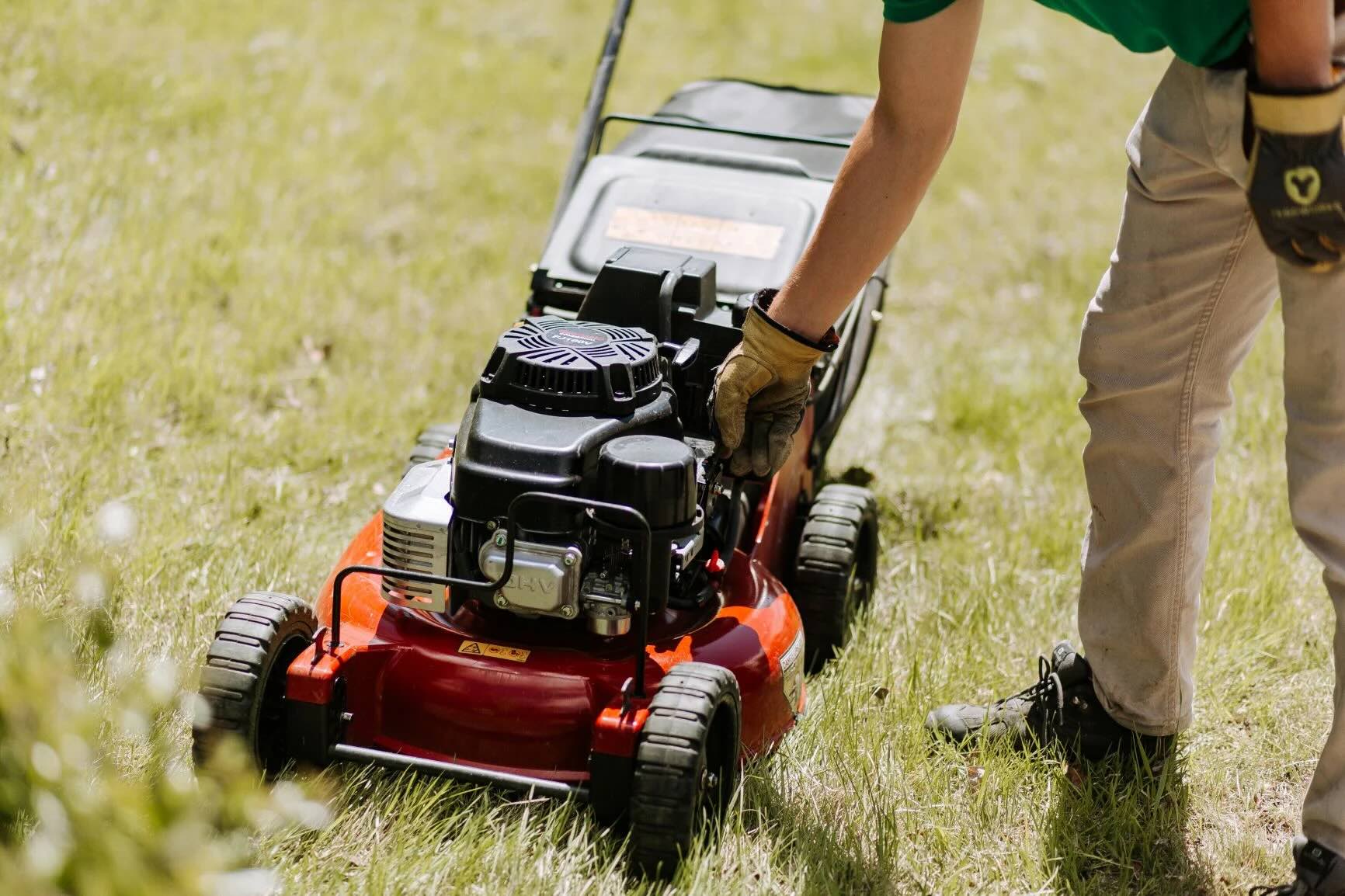
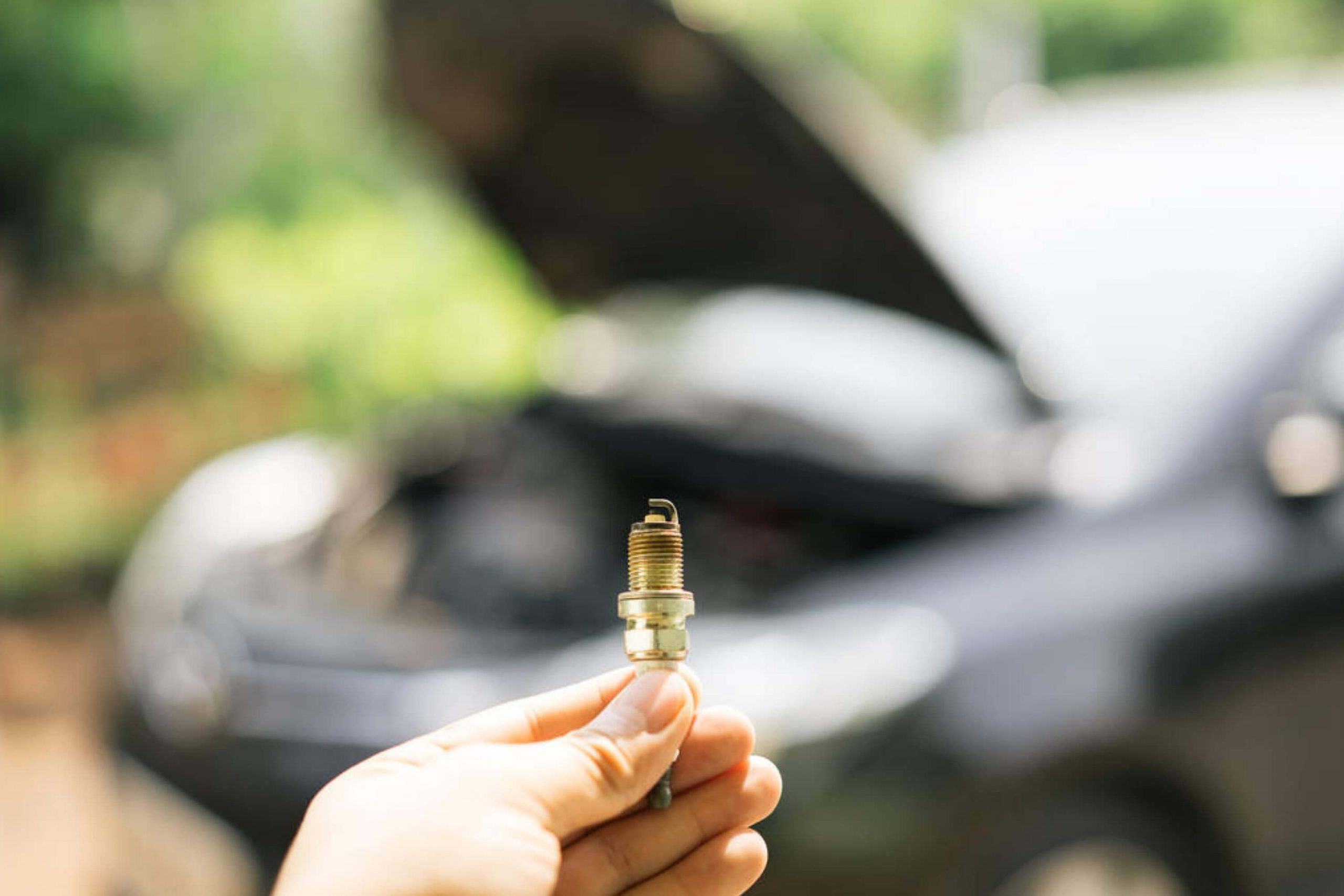
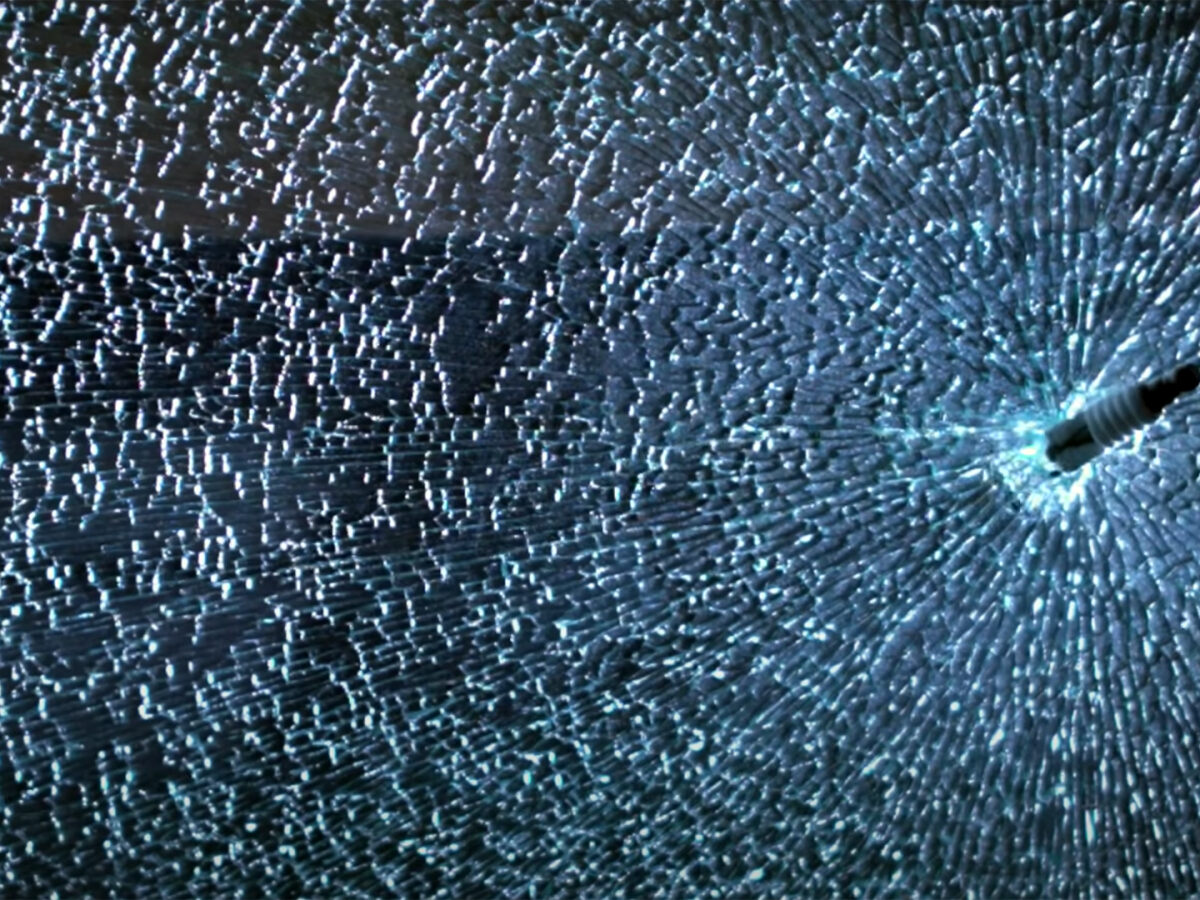
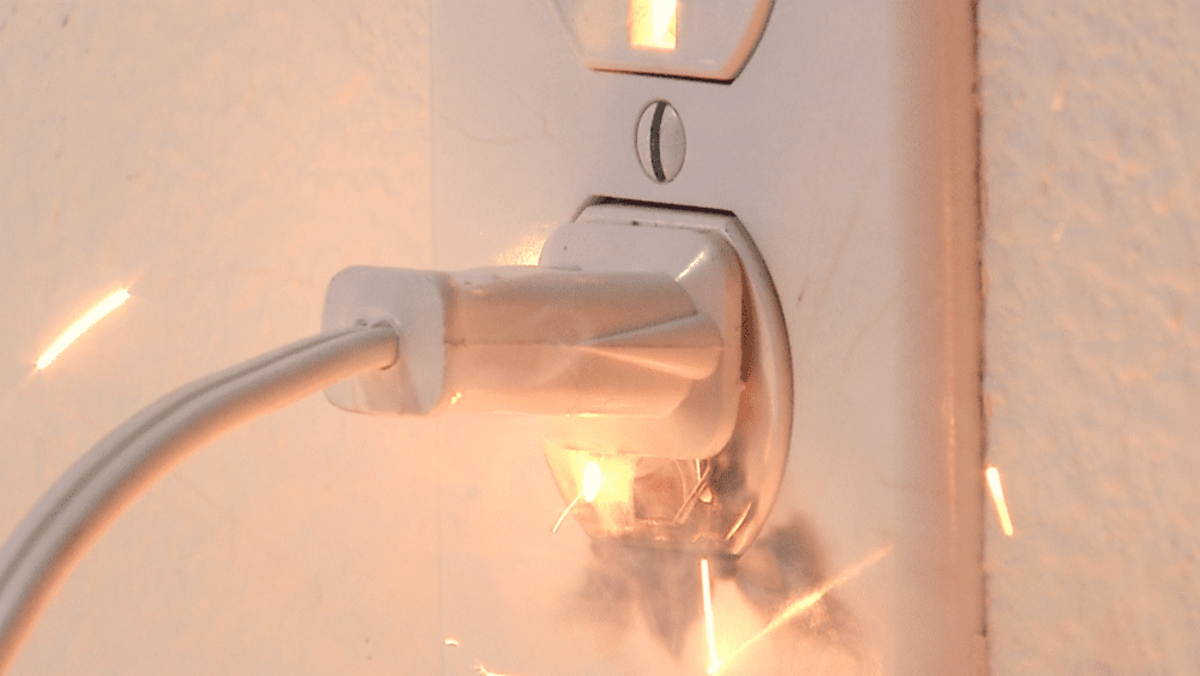
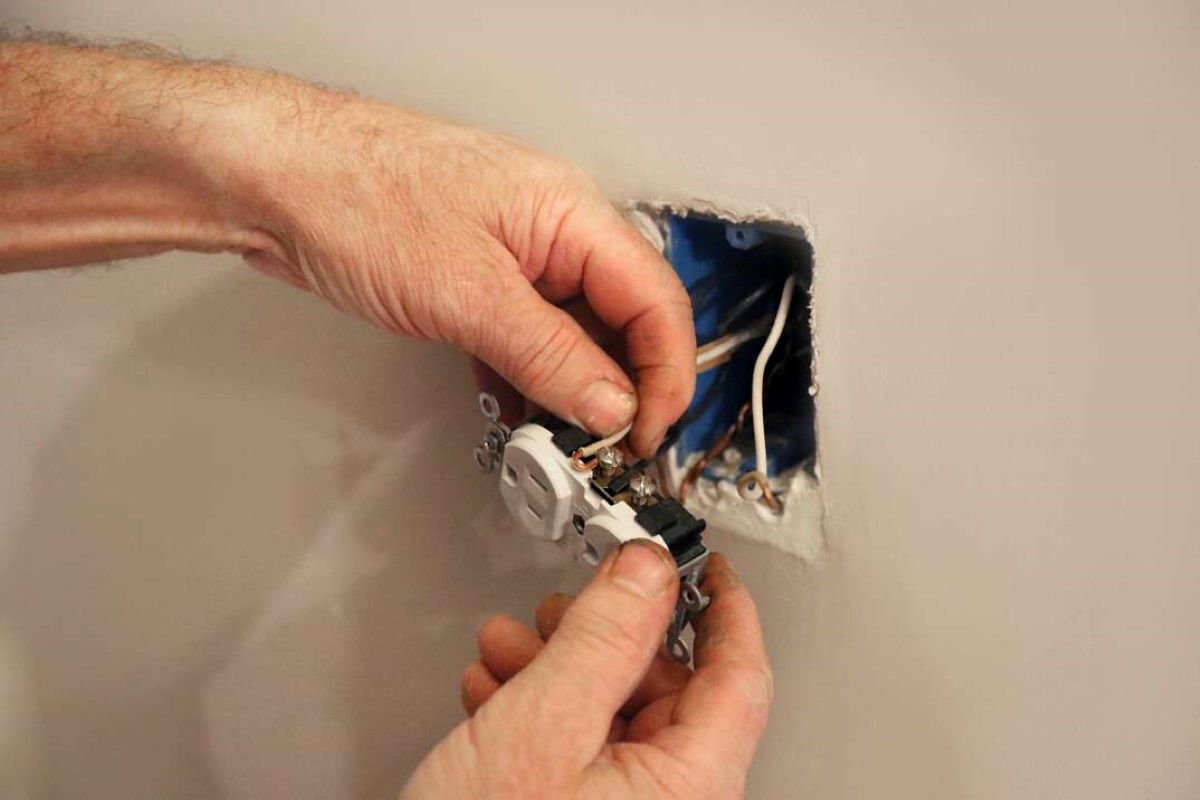
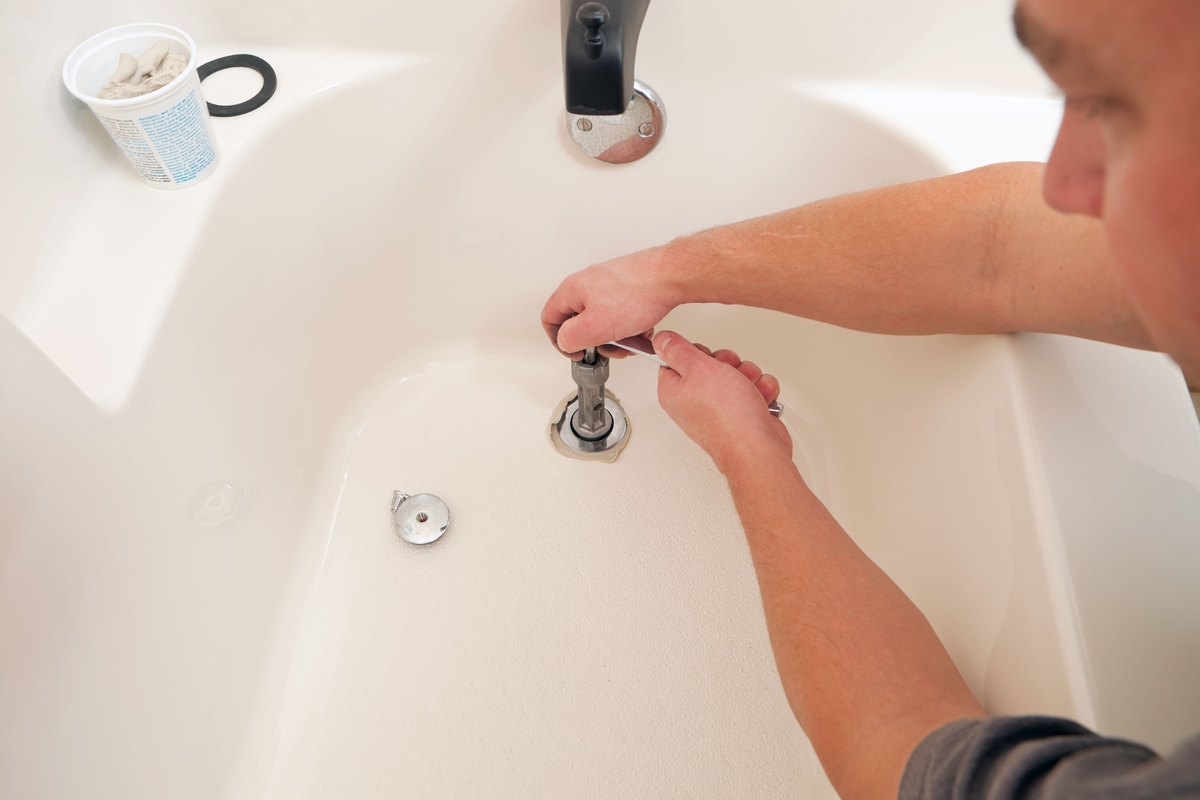
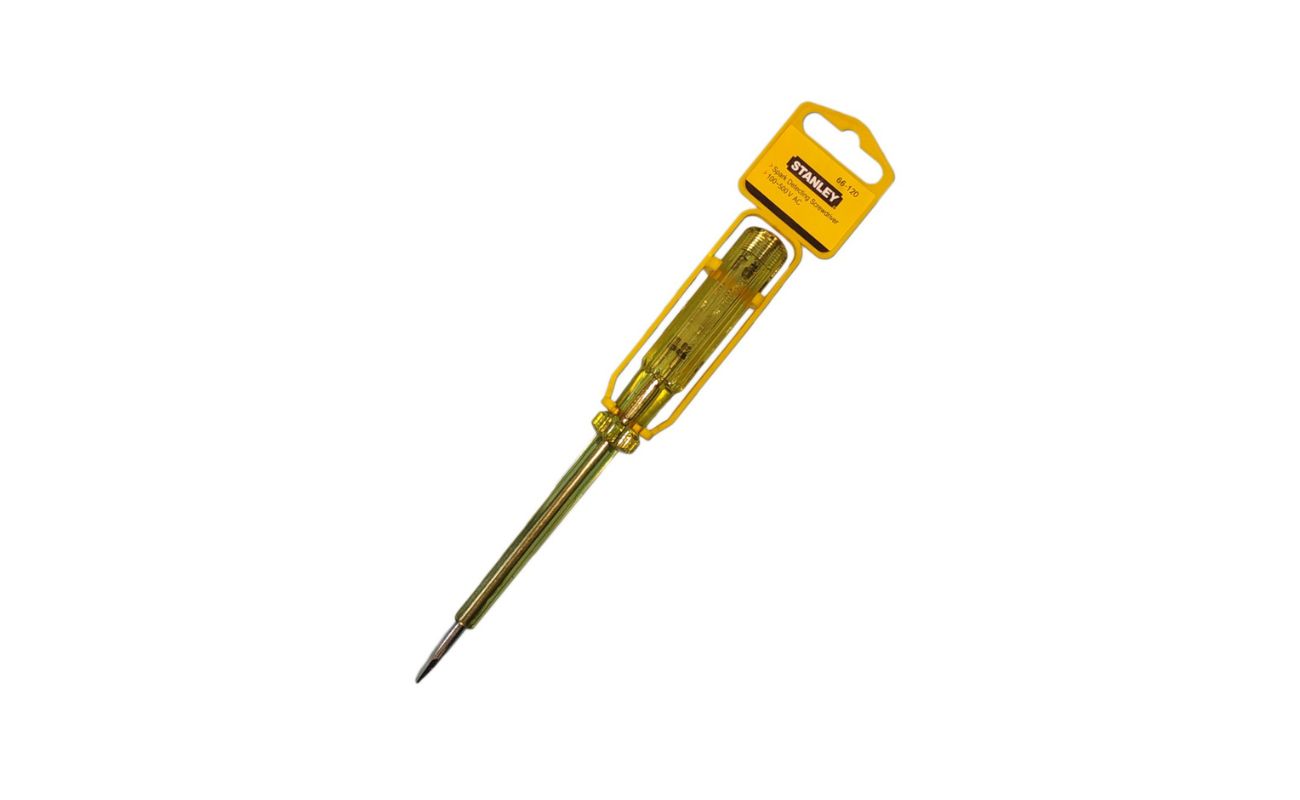


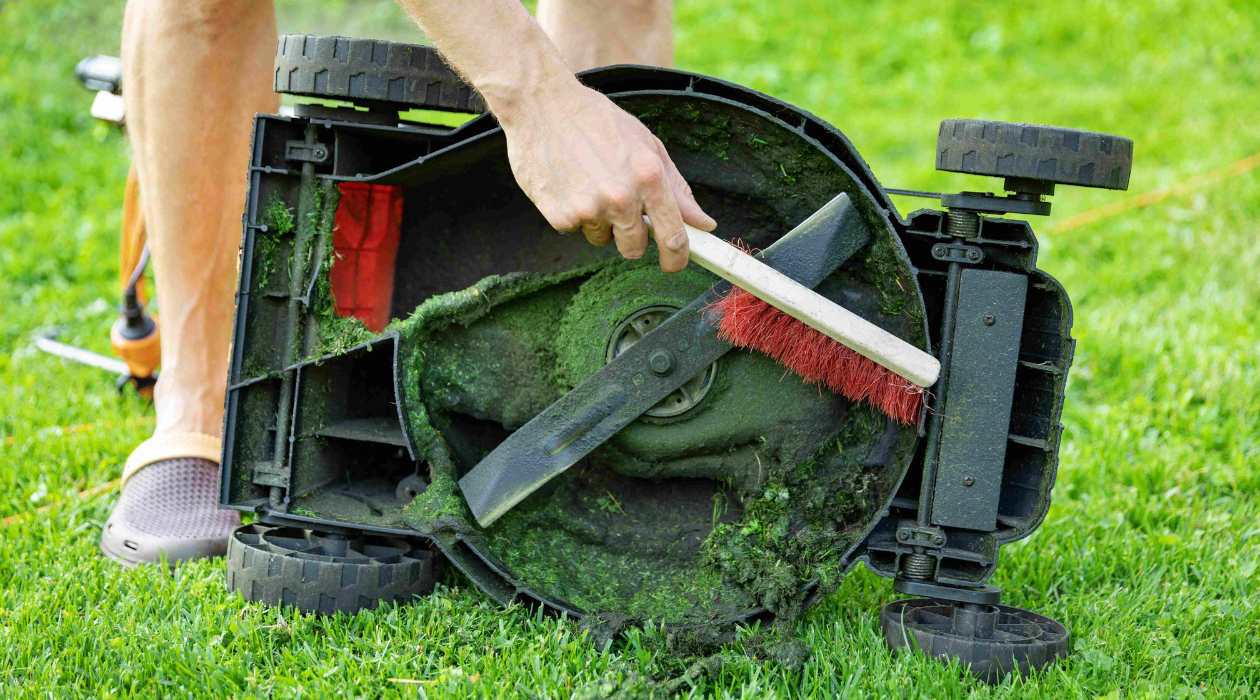


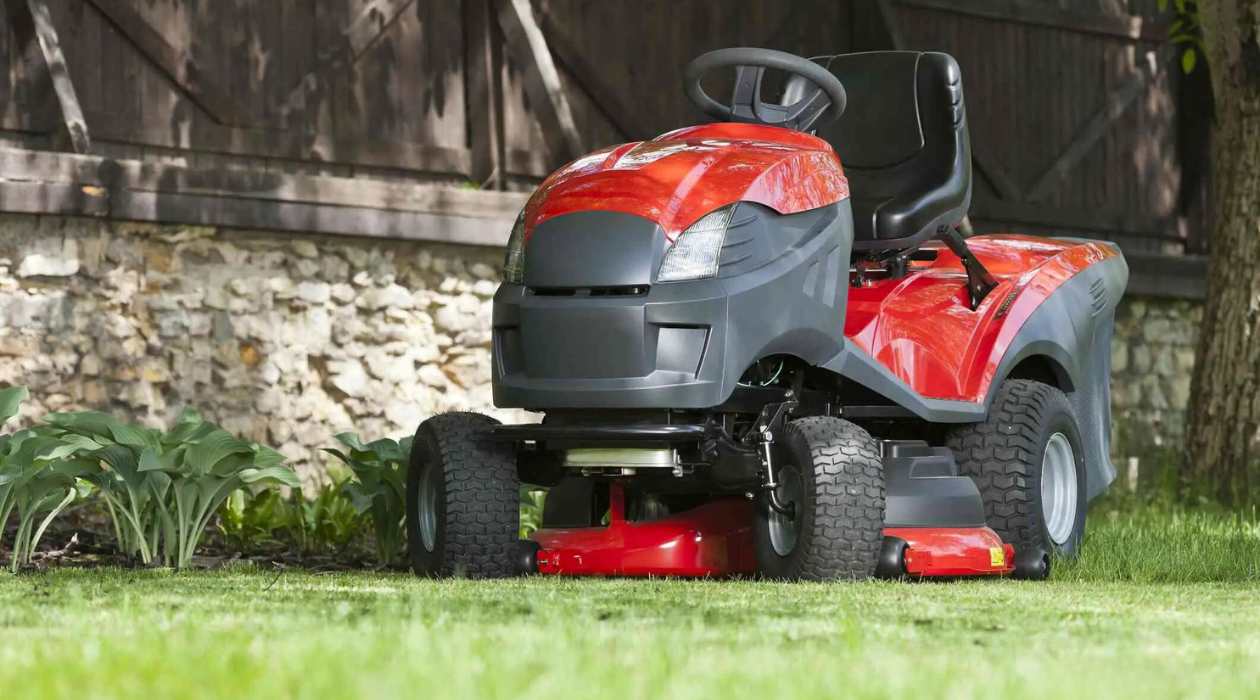


0 thoughts on “How To Remove A Spark Plug From A Lawnmower”